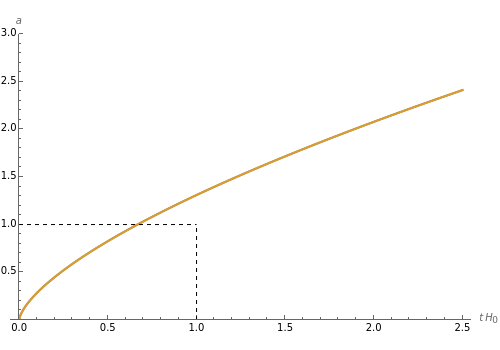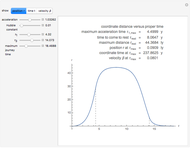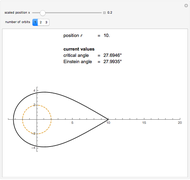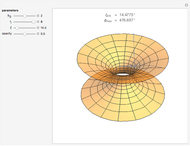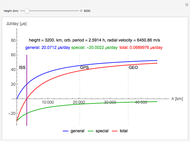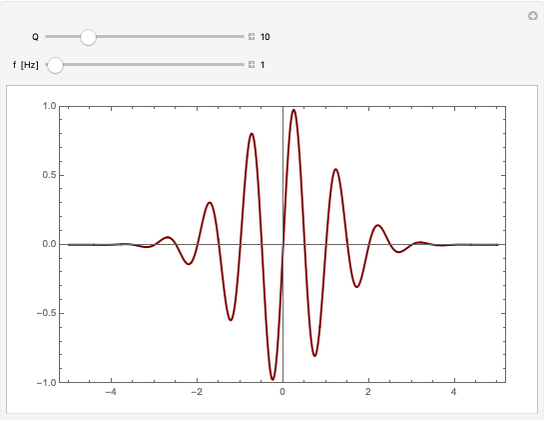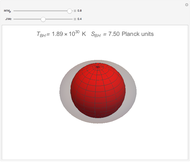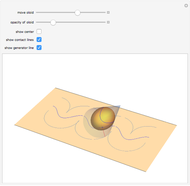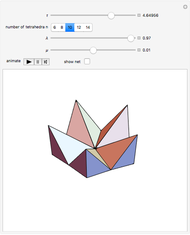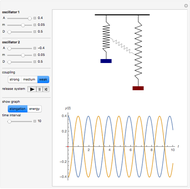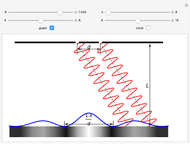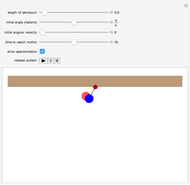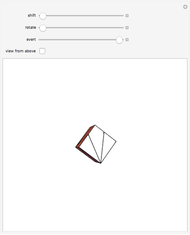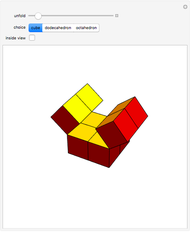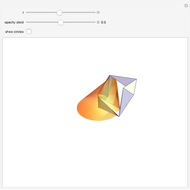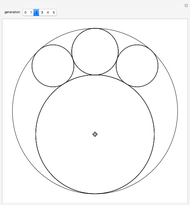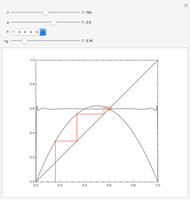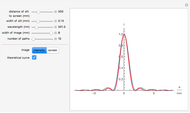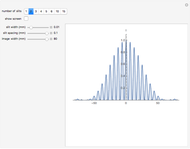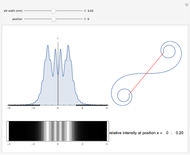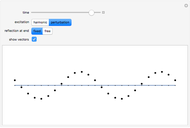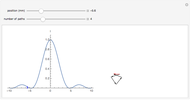Cosmology of Einstein-de Sitter Universe

Requires a Wolfram Notebook System
Interact on desktop, mobile and cloud with the free Wolfram Player or other Wolfram Language products.
The graphs show the expansion of a flat, matter-dominated universe as described by the Friedmann equation. In a flat universe, the cosmological parameters, matter density  and vacuum density
and vacuum density  , are related by
, are related by  . Therefore it is sufficient to vary only
. Therefore it is sufficient to vary only  . The "shift" slider allows you vary the expansion rate of the initial curve
. The "shift" slider allows you vary the expansion rate of the initial curve  toward the actual value
toward the actual value  .
.
Contributed by: Hans-Joachim Domke (January 2015)
Open content licensed under CC BY-NC-SA
Snapshots
Details
The Friedmann equation in its simplest form (flat universe, cosmological constant  ) is
) is  . It describes the Einstein–de Sitter universe, in which the expansion depends sensitively on the density
. It describes the Einstein–de Sitter universe, in which the expansion depends sensitively on the density  . The so-called critical density is given by
. The so-called critical density is given by  . Cosmologists prefer the dimensionless parameter
. Cosmologists prefer the dimensionless parameter  . Using
. Using  , the expansion rate is
, the expansion rate is  and the relation
and the relation  implies that the amount of matter in the universe remains constant. Friedmann's equation can be transformed into
implies that the amount of matter in the universe remains constant. Friedmann's equation can be transformed into  , with the solution
, with the solution  , since
, since  here. In the present epoch,
here. In the present epoch,  , so
, so  . The Hubble time
. The Hubble time  would give the age of the universe if
would give the age of the universe if  were constant, so the graph must be shifted until the line through the point
were constant, so the graph must be shifted until the line through the point  and the origin is tangent to the graph.
Einstein–de Sitter space was the favorite model for an expanding universe until the 1980s. After the inflation theory was proposed, vacuum energy or dark energy had to be considered. This can be represented by a cosmological constant
and the origin is tangent to the graph.
Einstein–de Sitter space was the favorite model for an expanding universe until the 1980s. After the inflation theory was proposed, vacuum energy or dark energy had to be considered. This can be represented by a cosmological constant  , which Einstein inserted into his theory of general relativity to achieve a static universe but later rejected. With the vacuum density
, which Einstein inserted into his theory of general relativity to achieve a static universe but later rejected. With the vacuum density  , the Friedmann equation becomes
, the Friedmann equation becomes  .
The solution believed to be most accurate today takes
.
The solution believed to be most accurate today takes  and
and  . For
. For  ,
,  becomes negative, which would imply a contracting universe.
becomes negative, which would imply a contracting universe.
Reference
[1] B. A. Jordaan. "Cosmology and the Engineer." (Jan 9, 2015). www.einsteins-theory-of-relativity-4engineers.com/cosmology.html.
Permanent Citation
